Edible Wild Plants for Beginners

Copyright 2013 by Althea Press, Berkeley, California
No part of this publication may be reproduced, stored in a retrieval system, or transmitted in any form or by any means, electronic, mechanical, photocopying, recording, scanning or otherwise, except as permitted under Section 107 or 108 of the 1976 United States Copyright Act, without the prior written permission of the publisher. Requests to the publisher for permission should be addressed to the Permissions Department, Althea Press, 918 Parker St., Suite A-12, Berkeley, CA 94710.
Limit of Liability/Disclaimer of Warranty: The publisher and the author make no representations or warranties with respect to the accuracy or completeness of the contents of this work and specifically disclaim all warranties, including without limitation warranties of fitness for a particular purpose. No warranty may be created or extended by sales or promotional materials. The advice and strategies contained herein may not be suitable for every situation. This work is sold with the understanding that the publisher is not engaged in rendering medical, legal, or other professional advice or services. If professional assistance is required, the services of a competent professional person should be sought. Neither the publisher nor the author shall be liable for damages arising herefrom. The fact that an individual, organization, or website is referred to in this work as a citation and/or potential source of further information does not mean that the author or the publisher endorses the information the individual, organization, or website may provide or recommendations they/it may make. Further, readers should be aware that websites listed in this work may have changed or disappeared between when this work was written and when it is read.
For general information on our other products and services or to obtain technical support, please contact our Customer Care Department within the United States at (866) 744-2665, or outside the United States at (510) 253-0500.
Althea Press publishes its books in a variety of electronic and print formats. Some content that appears in print may not be available in electronic books, and vice versa.
TRADEMARKS: Althea Press and the Althea Press logo are trademarks or registered trademarks of Callisto Media, Inc., and/or its affiliates, in the United States and other countries, and may not be used without written permission. All other trademarks are the property of their respective owners. Althea Press is not associated with any product or vendor mentioned in this book.
ISBN: Print 978-1-62315-273-4 | eBook 978-1-62315-285-7
Contents
Introduction
For nearly three million years, our ancestors relied on the riches of the natural world for sustenance, and in some places, people continue to rely on wild plants for at least part of their daily food intake.
Today, though, most of us forage for our food in the well-lit aisles of supermarkets, not realizing that there are wild edible plants free for the taking just outside our doors. Dandelion, chickweed, and lambs-quarters are just a few of the many plants that can be found growing wild within easy reach.
Whether you live in an urban environment or a rural one, you can make nutritious wild foods part of your diet. They are easy to find, convenient to prepare, and wonderfully flavorful. Over time, you may come to prefer some of these foods over commonly cultivated varieties; their flavors tend to be more interesting and intense.
With the help of this book, you will learn to identify thirty-one of North Americas most abundant edible wild plants, and you will learn when and how to harvest them. Many of these plants make excellent substitutes for common vegetables, and all may be used in a variety of recipes.
Before you start foraging, though, please be sure to read this book all the way through. The included principles and cautions are vital not just for your safety but also your ability to enjoy the wild plants you harvest. While it may seem tempting to take shortcuts, doing so is rarely beneficial. Besides, when you take the time to observe plants carefully before harvesting them, you will feel more in tune with the natural world.
PART ONE
Edible Plant Fundamentals
CHAPTER ONE
The Basics of Edible Plants
A BRIEF HISTORY OF EDIBLE PLANTS
Long before people began to cultivate cropsthat is, for nearly all of human historyhumanity has survived by hunting and gathering wild foods. Foraging for edible plants was an important part of daily life throughout the spring, summer, and autumn, even after people began to raise crops such as maize, squash, beans, and chili peppers.
Although hunter-gatherer societies are often depicted as eating mostly meat, the opposite is true. Native Americans, for example, primarily consumed a plant-based diet. And like native people everywhere, they had a vast array of wild edible plants available to them. Though we barely notice them today, many of these plants are still abundant.
Women and children bore most of the responsibility for gathering wild nuts, seeds, berries, fruits, roots, and leafy plants. At the beginning of each spring, people were often very hungry, so most of the harvest was eaten immediately. After their winter appetites were satisfied, the foragers continued working hard to gather as much food as possible. Some of it was eaten immediately, and some was dried, cooked, or otherwise preserved before being stored for later use.
In North America, each of the approximately five hundred Native American tribes had their favorite foods, and each had simple, lightweight yet specialized tools for foragingsharpened sticks, bones, stones, shells, and simple knives for digging roots, and handmade baskets and bags for carrying the harvest.
 The staples of Native American food are corn, squash, and beans. Other foods that have been eaten widely include leafy greens, berries, and wild rice.
The staples of Native American food are corn, squash, and beans. Other foods that have been eaten widely include leafy greens, berries, and wild rice.
While the first colonists from Europe brought seeds from their favorite plants when they came to North America, they quickly learned to supplement their diets with plants native to the continentparticularly in springtime, when the weather was too cold for European plants to grow and food supplies were running short. While they cultivated some vegetables we would recognize today in their gardens, these settlers also learned to grow native plants that most people today regard as weeds.
WHAT ARE EDIBLE WILD PLANTS?
Edible wild plants have not been modified by cultivation. They have not been hybridized (crossbred), as many domestic plants have, nor have they been genetically modified.
Some edible wild plants are leafy, green, and lettuce-like, while some look a lot like wildflowers. Certain trees bear edible fruit and nuts, and certain shrubs offer a bounty of sweet, colorful berries. Even certain marsh plants, such as cattails, are edible. Just as farmers grow a wide variety of plants for consumption, so does nature offer an abundance of plants that are either completely edible or have edible parts.
 All over the world, people eat specific wild foods, and in many places, it is not uncommon for families to venture out into public spaces and wilderness areas in search of favorites. In the United States, Ohioans forage for pawpaws, Virginians forage for ramps, New Englanders seek out fiddlehead ferns, Montanans pick huckleberries, and Arizonans forage for prickly pear cactus
All over the world, people eat specific wild foods, and in many places, it is not uncommon for families to venture out into public spaces and wilderness areas in search of favorites. In the United States, Ohioans forage for pawpaws, Virginians forage for ramps, New Englanders seek out fiddlehead ferns, Montanans pick huckleberries, and Arizonans forage for prickly pear cactus
Next page

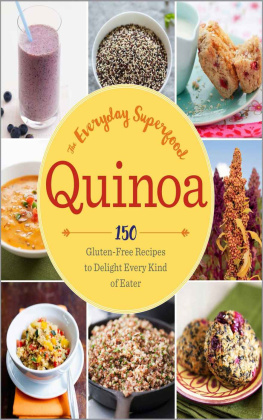
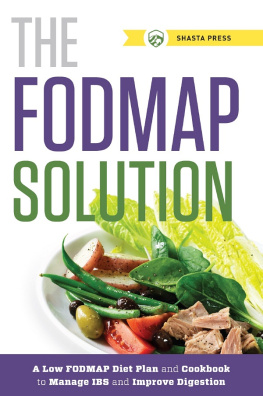


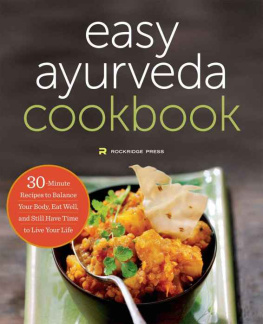

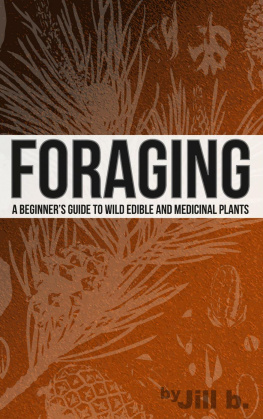
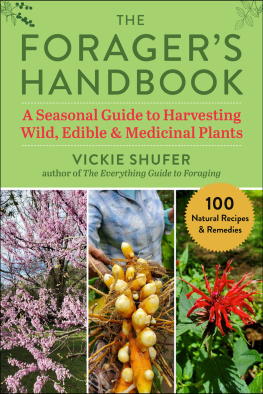
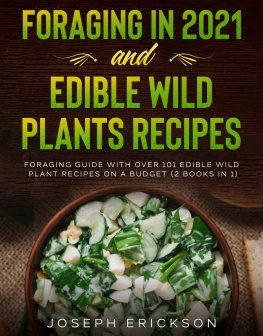
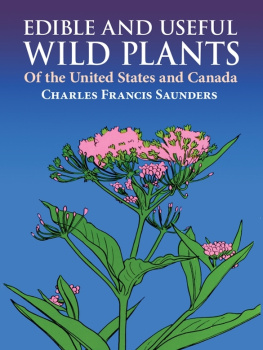
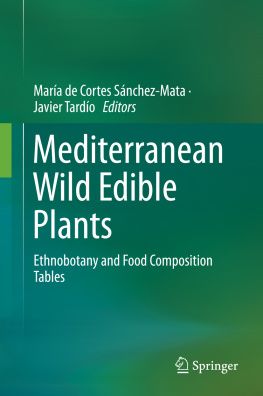
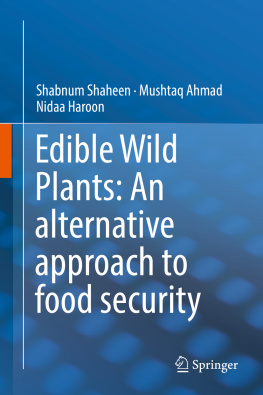
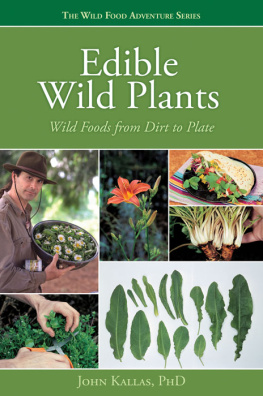

 The staples of Native American food are corn, squash, and beans. Other foods that have been eaten widely include leafy greens, berries, and wild rice.
The staples of Native American food are corn, squash, and beans. Other foods that have been eaten widely include leafy greens, berries, and wild rice.